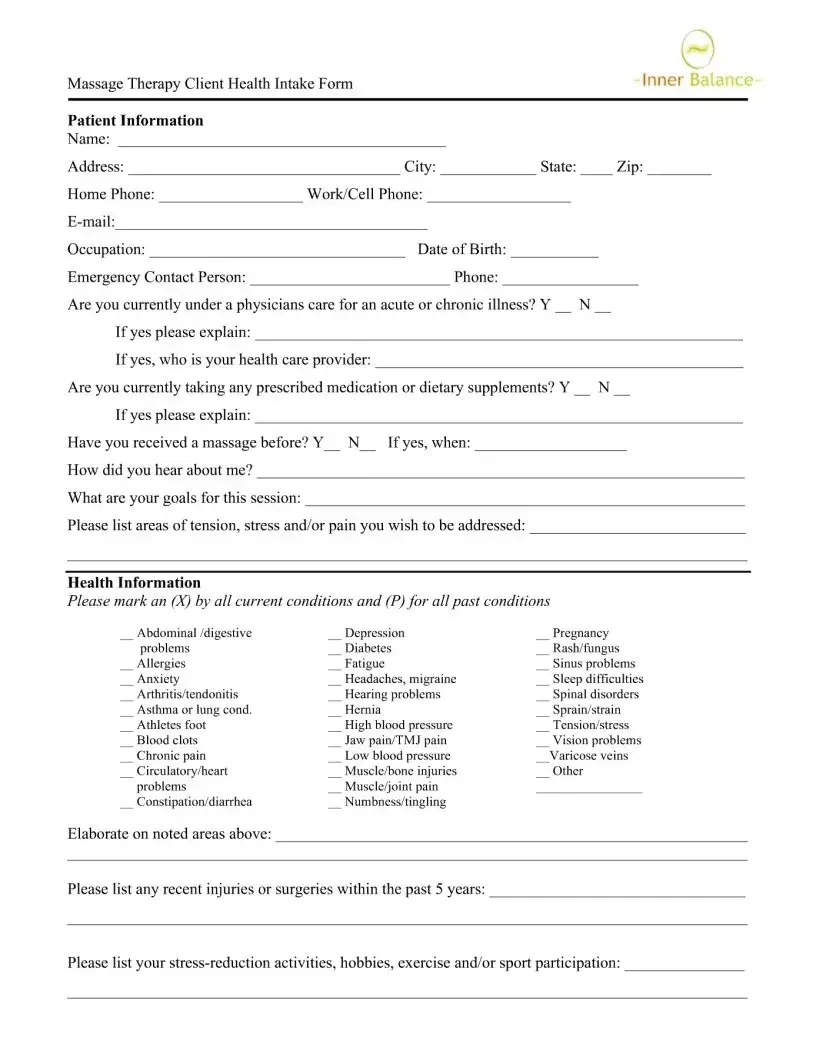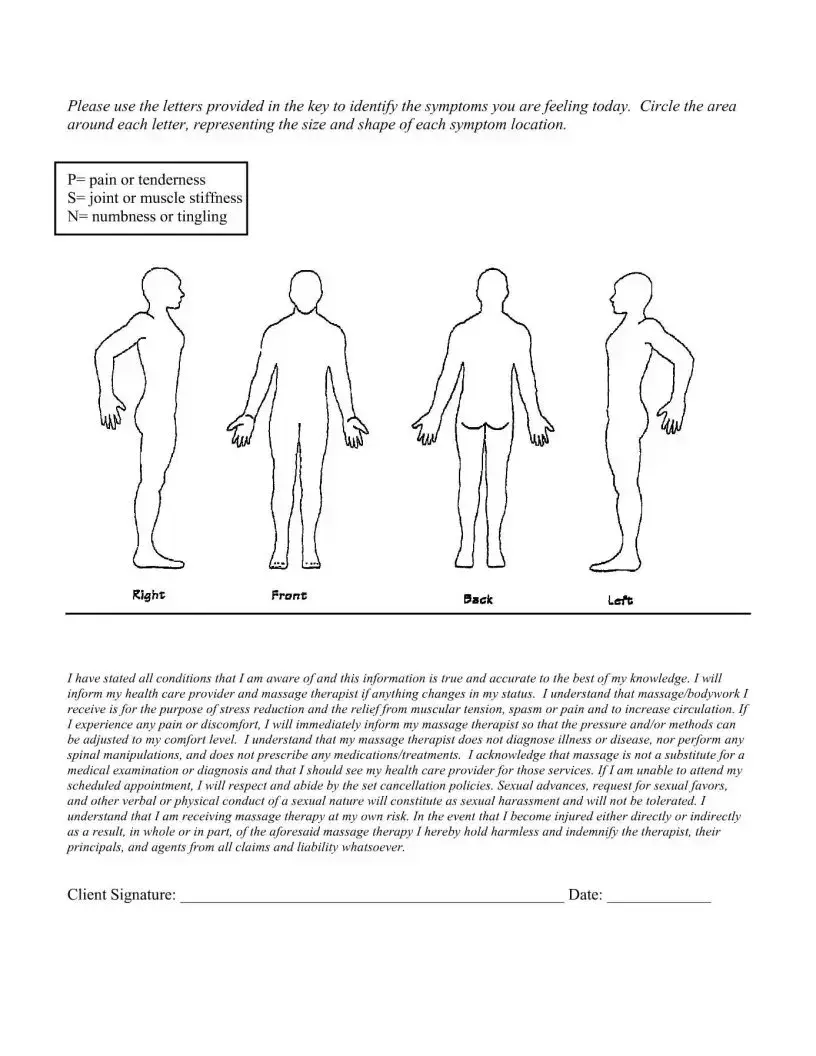1. What is the purpose of the Psychotherapy Intake form?
The Psychotherapy Intake form is designed to gather essential information about you, your health, and your emotional well-being. It helps your therapist understand your needs and goals, facilitating a more tailored and effective approach to your therapy sessions. By providing detailed information about your medical history, current conditions, and personal goals, you allow your therapist to create a customized plan that supports your healing journey.
2. How is my personal information protected?
Your privacy is paramount. All information provided in the Psychotherapy Intake form is treated with strict confidentiality. Therapists follow legal and ethical guidelines to ensure that your data is secure. It will be stored safely and only used for therapeutic purposes. Be assured that your information will not be shared with anyone without your consent, except in situations where there is a risk of harm to yourself or others.
3. What should I do if I have questions or need assistance filling out the form?
If you encounter any difficulties or have questions while completing the Psychotherapy Intake form, feel free to reach out directly to your therapist or their office staff. They are there to help you and can clarify any items that may be confusing. It is important for you to provide accurate and complete information, as this will lead to the best possible support.
4. Can I leave questions blank if I don’t feel comfortable answering?
You have the option to leave questions unanswered if you do not feel comfortable responding. However, it is beneficial to be as open and honest as possible. The more information you provide, the better your therapist can understand and address your needs. If you're unsure about certain questions, you can discuss them with your therapist during your first session.
5. What happens if my health situation changes after I submit the form?
It is important to keep your therapist informed of any health changes. If your condition evolves or if you are prescribed new medications, you should notify your therapist as soon as possible. This information is crucial for adjusting your therapy and ensuring the best outcomes. Your well-being is a priority, so open communication is encouraged throughout your treatment journey.


